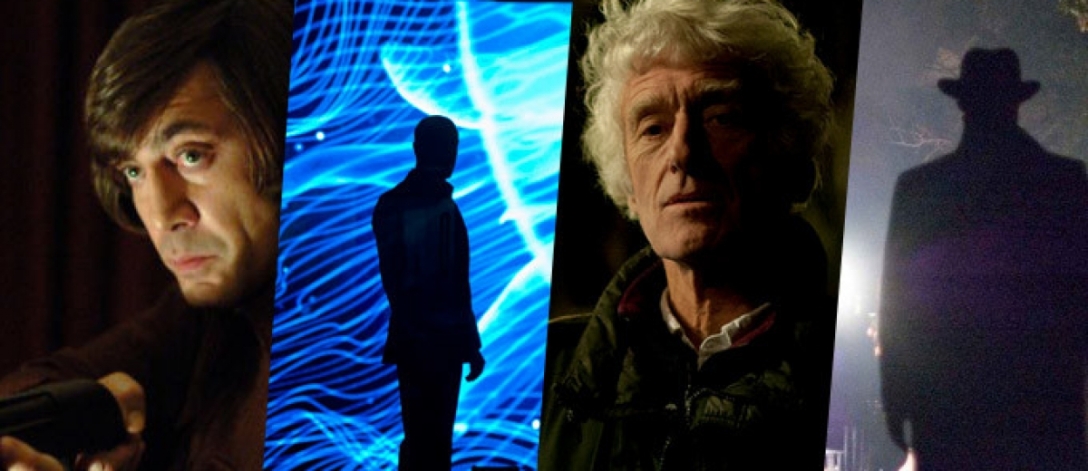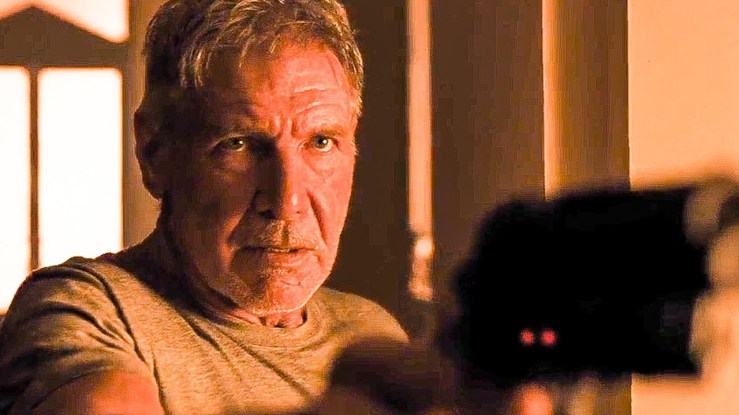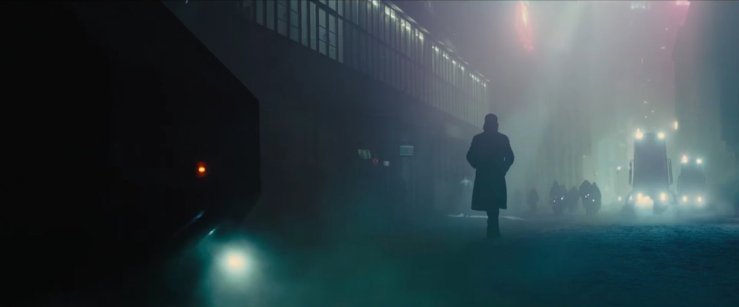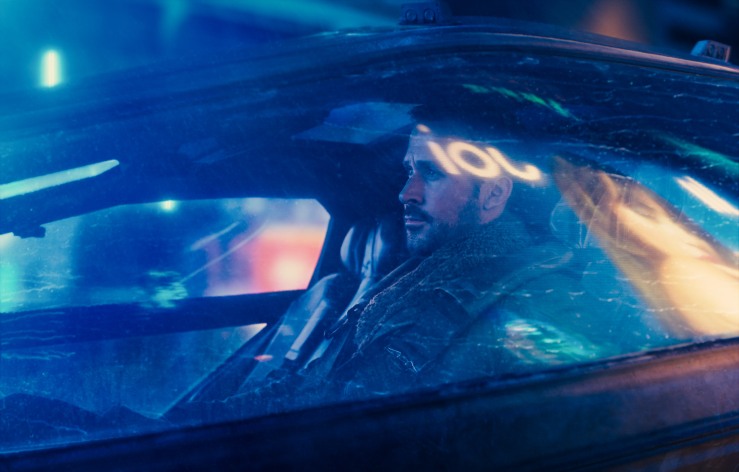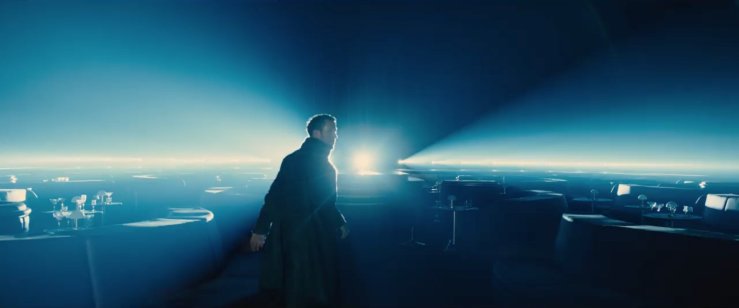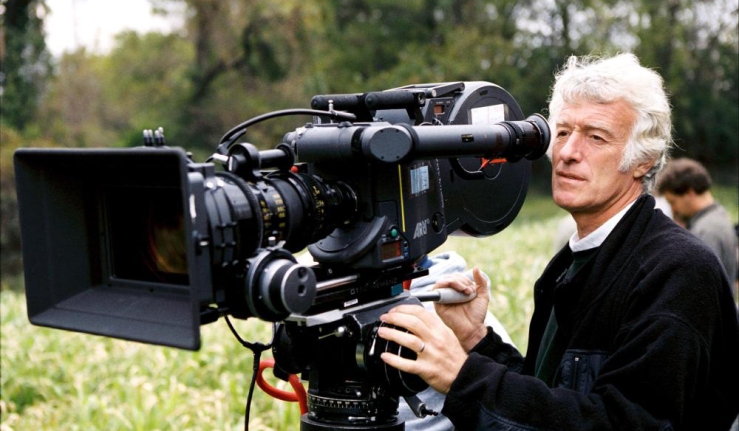
If you’re a film buff like I am, you’ve probably heard the name Roger Deakins before. Even if you haven’t, chances are you’ve seen his cinematography in films like The Shawshank Redemption, Fargo, and Skyfall. As one of the best and most well-known DP’s (director of photography) in the filmmaking business, it’s easy to see why he’s been nominated for fourteen Academy Awards for Best Cinematography. But like many great artists, he has continued contributing to hit after hit after hit without ever winning an Oscar. This is not uncommon in Hollywood. Many great directors like Steven Spielberg and Martin Scorsese went through most of their careers and several nominations without winning anything, and the same can be said for actors like Leonardo DiCaprio. So when the time has come and Deakins finally has a shot at winning an Oscar for his stellar work on Blade Runner 2049, we must ask the same question we think but are too afraid to ask when every great artist gets to this point: does he deserve it?

Now since Roger Deakins has earned fourteen Oscar nominations to date, there have been fourteen chances so far for him to win. I’m going to examine five or six of those examples and figure out if he has deserved to win before, and if he deserves to win now. The most important thing to remember about the Oscars is that whether the politics come into play or not, it’s a competitive race. But it’s unique among competitive races in that you’re not actively playing against anyone. It’s kinda like figure skating in that sense. You can’t really one-up your opponent unless you pull a Tonya Harding, but given the nature of film production that’s almost impossible to do when you get this close to the awards season and the movies have already been released. You can give the performance of your career or craft the most amazing shots you’ve ever composed, but none of that matters if someone else does it even a little better. Voting statistics are never released, so it’s impossible to know for sure how close Deakins or anyone has come to winning in the past. But we can compare his work to the actual winners, and then we’ll see who actually deserved to win that year.

For this first example, we’ll go back to the beginning of Deakins’ streak with the Academy: The Shawshank Redemption. This is a movie that was robbed of nearly every Oscar it was nominated for, and even a few where it was left out of the race completely. But one of the things that helped it stand the test of time so well was Deakins’ cinematography. There are so many iconic shots throughout this movie that it’s hard to keep track of them all. But more than that, he understands what the audience would think to look at, and then highlights that while keeping important plot elements visible enough to be seen, but not as the main focus of the shot until they come back later. The winner that year was Legends of the Fall. Be honest, have you even heard of that movie? Has it lasted in the public eye? Has it played on TV for over two decades like The Shawshank Redemption? This is a movie that bombed at the box office and missed out completely in the Oscar race, but somehow managed to find an audience and stake its claim as one of the greatest movies of all time. Roger Deakins played a huge part in that, and absolutely should’ve won an Oscar here.
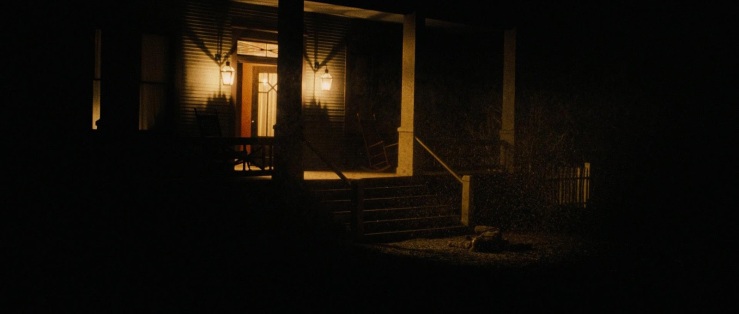
But while he peaked early, he still kept doing great work. His collaborations with Joel and Ethan Coen have found him a lot of success in the Oscar race, particularly with films like Fargo and True Grit. His wide shots took full advantage of the lighting and atmosphere surrounding the actors, creating grim environments that you want to dive deeper into and explore. Fargo lost to The English Patient, and while we all have many passionate things to say about that movie, it was also beautifully shot. Should it have beat Fargo for cinematography? That’s debatable, but it was clearly a closer race in my mind than his previous loss. True Grit lost to Wally Pfister’s work on Inception. Are we really gonna argue with this one? Pfister made the impossible look possible, even if only in dreams. Despite the extensive visual effects used in that movie, the VFX artists still had wonderfully inventive shots to work with.

But the biggest one to many people seems to be No Country for Old Men, which lost to There Will Be Blood. To be honest, I vote for Robert Elswit on this one, especially if you’ve seen the opening scenes of his film. The camerawork has to play a huge part in telling the story since it takes so long for anyone to say a word in this movie, and yet thanks to him and Daniel Day-Lewis, we understand everything that’s going on in Daniel Plainview’s mind. But I don’t think that’s why Deakins lost this one. I think he lost because he had another film in the race that year: The Assassination of Jesse James by the Coward Robert Ford. Because he had two films in the race, he likely split votes with himself, and that could’ve put even Atonement ahead of him. Remember, it’s a competition. And while you can’t one-up your opponent, you can very easily sabotage yourself by putting too many credits in the race.
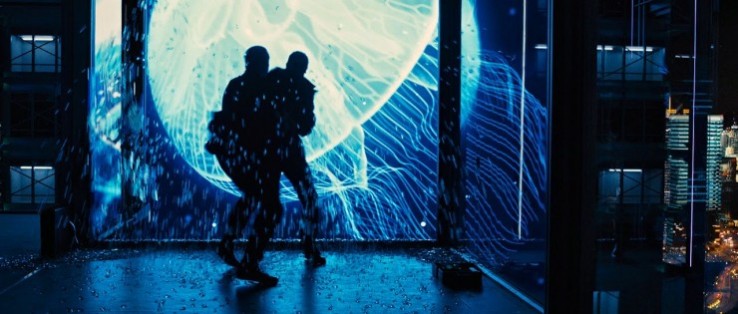
But one of the things we can infer so far is that after Fargo, other DP’s were showing up more than he was. He had many nominations in between, but they lost to films like Titanic, Crouching Tiger, Hidden Dragon, The Lord of the Rings: The Fellowship of the Ring, and Slumdog Millionaire. These are some of the examples where his work was not as memorable compared to the competition. But that all changed when he joined the crew for Skyfall. As an action film, the expectations were for fast-paced editing and camerawork that was hard to make out, but Deakins brought artistry and fluidity to the shots. Yes, some of the edits were quick, but it was always going from one steady shot to another, and Deakins’ mastery of the camera was still present in all of them. At first glance, it seemed like this would finally be his year, and I would’ve loved to see that happen. But then Claudio Miranda took it home for his work on Life of Pi, which is kinda like Inception in terms of being very reliant on visual effects, but at the same time they also had beautiful shots to work with. While I might prefer Skyfall‘s cinematography, it’s understandable to see how Deakins lost this one.

So now we come to the present. After losing the Oscar to Emmanuel Lubezki three times in a row (Gravity, Birdman, The Revenant), Roger Deakins is now the frontrunner to win Best Cinematography for Blade Runner 2049. For the most part, his competition isn’t that noteworthy, but he is once again up against a Christopher Nolan film: Dunkirk. There are many technical aspects to this film that, if even a hair off, would’ve brought the overall product down immensely. But they all work together in a truly experiential harmony, starting with Hoyte van Hoytema’s cinematography. Whether you feel like you’re trapped on the beach or inside a Navy ship, the camerawork builds constant suspense throughout the entire runtime and never lets up. Roger Deakins brought us back to the world of Blade Runner, and even expanding on the world thanks to modern camera technology. But unlike Skyfall where he brought something new to the franchise, all he did was expand on the work of Jordan Cronenweth, the DP for the original Blade Runner. So while Deakins probably will take home an Oscar next month after fourteen nominations, but does he deserve it over Dunkirk?
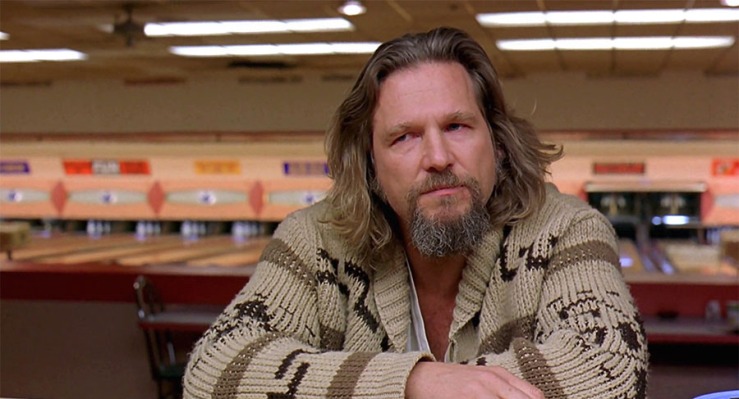
If Roger Deakins did win the Oscar, would it be his win? Or would it be more akin to an Honorary Academy Award celebrating his entire body of work? Whatever the case may be, this is a guy who genuinely deserves an Oscar for something. And while I don’t think this should be his year, he will definitely have at least one on his shelf before he’s done.

